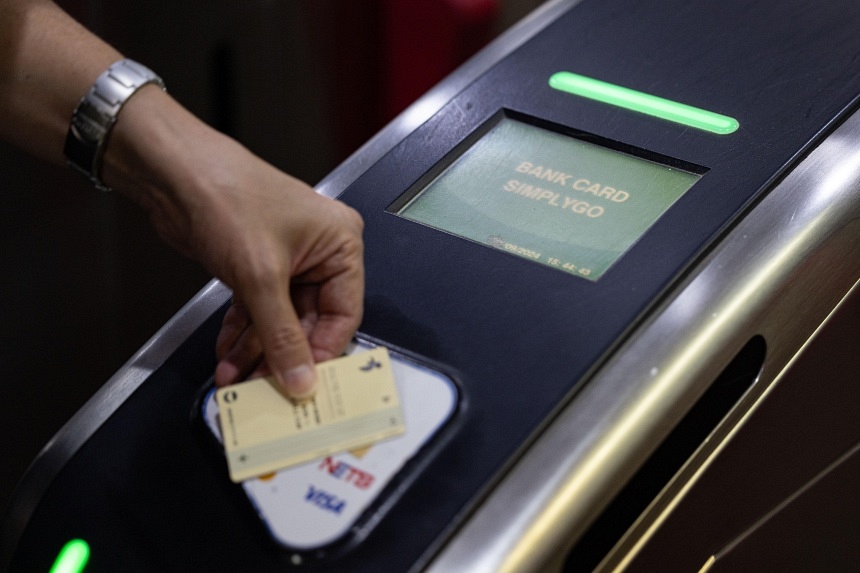SINGAPORE – From Dec 28, public transport fares for adults paying by card will rise by 10 cents per journey, the Public Transport Council (PTC) said on Sept 9 as part of its yearly fare review exercise.
This is the fourth successive year of fare increases. In 2023, adult card fares rose by up to 11 cents, and in 2022, the increase was up to five cents. In 2021, fares went up by up to four cents.
The Straits Times explains how public transport fares are determined and why they are increasing again.
1. What’s the fare increase for 2024, and why are fares going up?
Fares will increase by 10 cents for adults who pay by card, and four cents for concession card holders, from Dec 28, translating to a 6 per cent increase in the cost of bus and train rides.
The 2024 adjustment was largely driven by core inflation and wage growth in 2023, but it was partially moderated by falling energy prices, said PTC.
The council has been limiting the fare increase to reduce the impact on commuters. In 2024, for instance, fares could have risen by up to 18.9 per cent, comprising a 3.3 per cent adjustment for the year and a 15.6 per cent hike rolled over from the 2023 exercise.
Cash fares, and the cost of adult monthly travel passes and concession passes, will stay unchanged.
2. Why do fares have to be adjusted yearly?
Since 1998, public transport fares have been reviewed annually based on a fare formula.
This is to balance the need to keep the system financially sustainable, while ensuring that fare adjustments remain affordable, said PTC.
The fare formula accounts for changes in workers’ wages, energy costs and the operating costs of providing public transport services.
PTC needs to adjust fares every year so that they are brought in step with changes in operating costs. This keeps operators financially sustainable and enables them to provide reliable services, while paying their workers good wages.
3. How are fares determined?
Yearly adjustments are derived from the fare formula, which is reviewed every five years so that it remains relevant and responsive to changes within the public transport sector and external environment.
It considers key cost factors in public transport, such as general operating, labour and energy costs.
In 2023, PTC adopted a new fare formula.
Besides taking into account year-on-year changes in core inflation, wages and energy prices, a key change was how it incorporates a fixed “capacity adjustment factor” of 1.1 per cent each year to account for costs related to expanding the system. This includes the improved connectivity and faster journey times arising from the opening of the Thomson-East Coast MRT Line, noted PTC. This fixed component is based on actual and planned capacity improvements to the network from 2020 to 2026.
The formula will apply till 2027.

